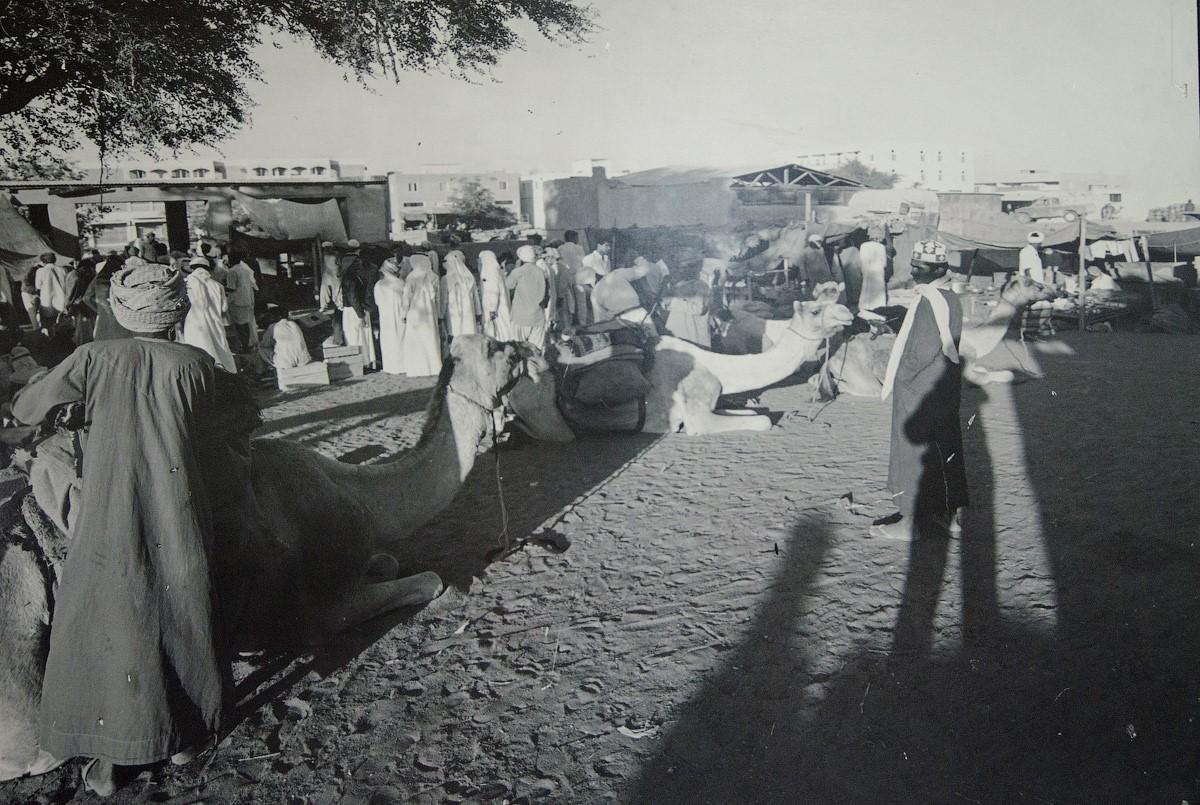Exhibition I. Education in the UAE
Title
Education in the UAE: Then and Now
Developing education in the UAE over Centuries
From Religion Classes to Hi-Tech Universities
Theme
The history of education in the United Arab Emirates is an essential part of the country’s development, which is the main idea of the exhibition. The system experienced significant transformations over the past several decades, and the UAE has now become one of the most advanced places for studying in the world. These changes have occurred due to the historic decision that drew together the seven emirates. The Etihad Museum in Dubai, which specifically pinpoints this event, is a perfect place for exhibiting the past and present education institutions in the country.
Before the discovery of oil, there was little progress associated with education on the Arabian Peninsula. Only the male population had access to learning since girls were expected to get married and manage household tasks. The system was based on the traditional model that focused on studying the Quran. A group of male students was led by a teacher who ensured a high level of discipline. Learning facilities were far from being comfortable, as classes often took place in tents on solid ground in the midst of the desert heat.
Everything has changed with the creation of the United Arab Emirates. The new government proclaimed education as one of the top priorities for the country’s development. The most significant progress has been made in providing studies for women who currently even outnumber male students. Modern schools and universities now use technologies to enhance the learning process. Finally, English has become one of the most important subjects since it is a tool for international cooperation among young specialists.
Collaboration
The primary institution that will collaborate with the exhibition is the UAE Ministry of Education. It would be a great opportunity to showcase the results of this organization regarding the progress made in their sector of responsibility. Besides, the exhibition is a perfect tool for describing the future goals for the country’s education system development. The Ministry of Education will work as an information partner, spreading the news about the event through its official channels. Online platforms, including social media and the official website, can draw the attention of many people to the exhibition.
The second organization that will become a partner for the event is the National Museum of Dubai. The institution is chosen due to its rich collection of items that characterize different periods of the emirate’s history. The museum will share some of the photographs that show how learning processes were organized in the past. Moreover, some of the old objects that were essential in classes will be used for setting up a part of the exhibition. Finally, the museum will provide guidance on how to best organize the items to reflect the atmosphere of education in the past.
Finally, Zayed University, the higher education institution funded by the government, will become the third partner of the exhibition. It has shown excellence in providing high-quality education that is currently recognized abroad. The university’s success in creating curricula and facilities that can satisfy the modern need for hi-tech research will become the essence of the exhibition’s part where the current state of the system will be displayed. Zayed University may provide some of the most noticeable items that its students developed over the past years. Besides, the institution may provide materials regarding their future projects and research activities that will be accompanied by links that will offer visitors more information associated with education goals and strategies of the UAE.
Mission
The exhibition aims to show the great progress made by the UAE in the educational sector in just several decades, underlining the country’s value for young professionals and their future careers.
Description
The exhibition will be constructed in the form of a timeline, allowing visitors to move along the winding corridor. The main part of it will consist of items like images, photographs, posters, infographics, and other material objects that will provide visual information regarding the topic. A special place will be taken by the corner showcasing the classroom of the past, having the figures of a teacher and his students as its center. It will be accompanied by a voiceover that will describe the harsh conditions that were a part of the learning process in the old days.
The final part of the exhibition will have the spot with the latest technological devices created by students of the UAE secondary schools and higher education institutions. Zayed University will be the leading member of the exposition, having several students showcasing their works. Any visitor will be able to ask questions associated with devices and try to operate them under surveillance. Making the process interactive allows creating more interest in the topic than it can be with static objects. It may be especially interesting for children who have the need to explore and to gain first-hand experience rather than receive information from stands.
Collection
- An old-fashioned corner serving as a classroom model
- Models of a teacher and students
- Old Quran books
- Wooden writing panels
- Inkwells
- Audio tracks describing old learning processes
- Photos of old and new classes
- Video clips about schools of the future
- Development infographics
- Student-made devices: robots, VR technologies, project presentations.
Images
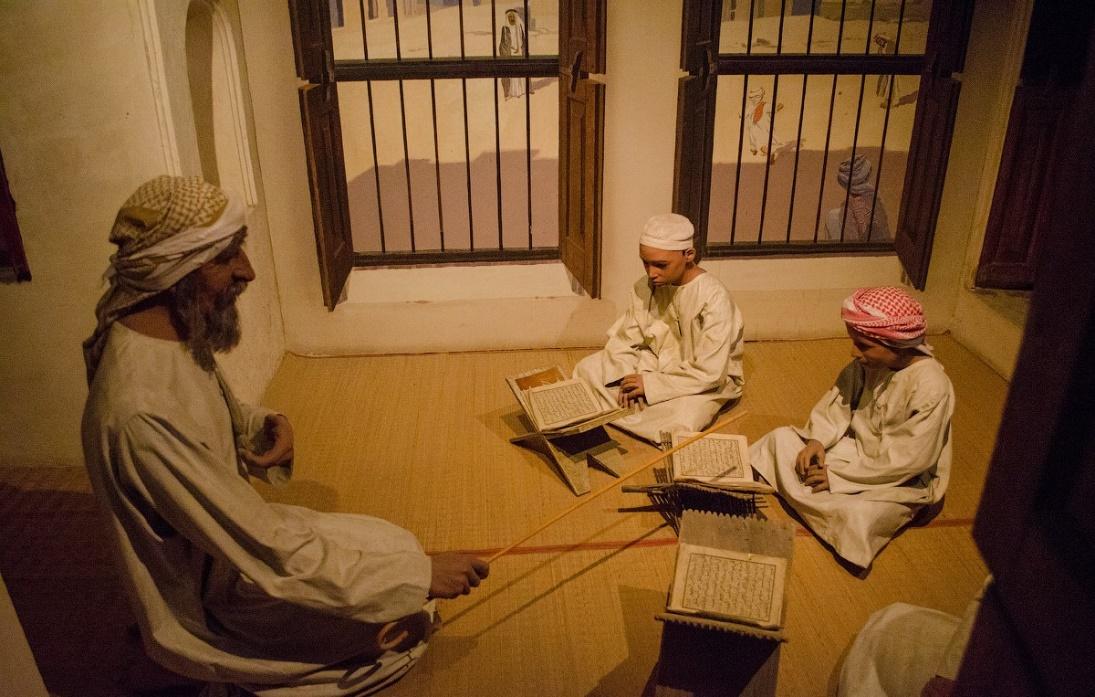
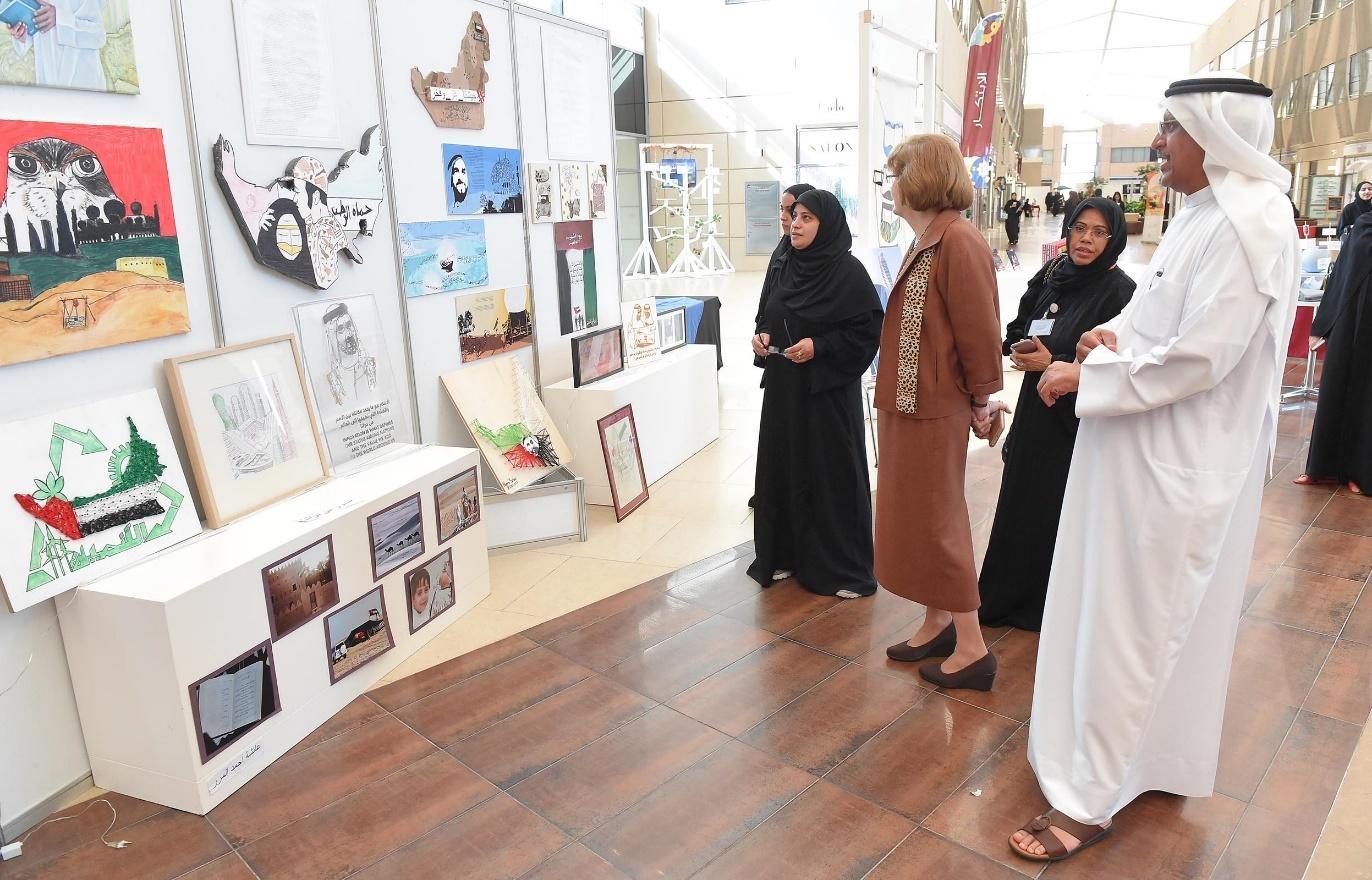
Exhibition 2. Transportation
Title
The Long Road: Transportation Development in the UAE
From Camels to Chrysler: Transport Switch
Routes Connecting the United Arab Emirates
Theme
Before the discovery of oil in the XX century, the territory of the modern United Arab Emirates was not developed regarding its infrastructure. The geographic position of the region did not provide conditions for easy road construction. Besides, the cities were underdeveloped, and trading with foreign countries used to be the primary activity of their citizens. Camels were the main transport for people during that time due to their ability to carry heavy bags with trade items and to cover long distances in the hot climate.
Everything changed in the 1970s as the region gained independence from Great Britain and started to invest money gained from the oil trade into building infrastructure. The governmental politics of redirecting budget into the country’s development has caused the tremendous growth of cities. Nowadays, the Internet is full of pictures comparing places like modern Dubai to what they used to be just several decades ago. New shining skyscrapers, one of the tallest in the world, are surrounded by intertwined overpasses.
The new roads soon became filled with automobiles and public transport. Navigation inside cities became easy and comfortable for locals and visitors. Moreover, the government has built extra-class highways to connect different parts of the country, which has increased the number of internal tourists. Traveling from one city to another is currently fast and comfortable. All these achievements are to be displayed in the temporary exhibition in Etihad Museum as a part of the country’s history that has caused its growth and rapid development.
Collaboration
The Roads and Transport Authority will be the first organization to collaborate with the exhibition. This is an institution that has the most expertise in the discussed topic. Firstly, the Authority will work as an informational partner and use its channels to spread the word about the event. Secondly, it will provide visual plans on the transportation industry’s development in the future. Finally, the RTA can support the exhibition by offering models and schemes of new buses and trams that will become a part of the UAE’s public transportation system in the nearest future.
The second participant will be the Al Naboodah Construction company. This organization is one of the country’s leaders in civil engineering that has worked on such projects as the Dubai Water Canal and the emirate’s airports. The benefit of collaborating with this company is that its specialists may give an insight into the topic and share details that are not obvious to designers of the exhibition. Al Naboodah Construction is expected to provide 3D models of the projects they are currently working on. Besides, the company will offer its view on sustainable construction principles, which becomes more significant each year.
Finally, the National Museum of Dubai will become the third collaborating party for this exhibition. The historical insight into the topic is very important since visitors should feel the tremendous difference between the past and the modern ways of traveling across the country. The museum will provide objects that were essential for people who used to ride camels long distances long before the creation of the UAE. Collaboration is also expected between the museum’s historians and the exhibition designers. The latter will be creating a video clip focusing on details of old traveling methods, and specialist help is required to present facts accurately to the audience.
Mission
The exhibition should leave visitors with a feeling of how easy and comfortable it currently is to travel in the UAE, compared to the hardships of people in the past.
Description
The main idea of the exhibition is to show the transition between the past and present means of transportation in the UAE. The exhibition will start with a small cinema-like room, where visitors will be able to watch a short movie about crossing the desert as camel riders in the past. The corner will have dim lighting and comfortable sitting spots. The next section will showcase items that were a part of the luggage carried by those travelers, including food and water containers, bags, trade goods, clothes, and other things. The spot will also contain the map that will show the most popular routes across the desert, along with stops like wells and oasis places for rest.
The transition point of the exhibition will show the infographic of the region’s transportation system development. It will be accompanied by the GIFs displaying changes that occurred year by year to the UAE’s largest cities. Finally, the third part of the exhibition will consist of 3D models that will represent projects regarding the future development of UAE cities, including roads and highways. Some of the latest transportation projects will also be presented in this part, displaying various design schemes for new buses and trams.
Collection
- Video clip about traveling by camels
- Trade products and items for the personal use of camel riders
- Desert routes map, infographics, and GIFs of urban development over time
- Interactive boards showing time for traveling now and then
- Models of the future urban infrastructure development
- Schemes of new transport and its features
Images
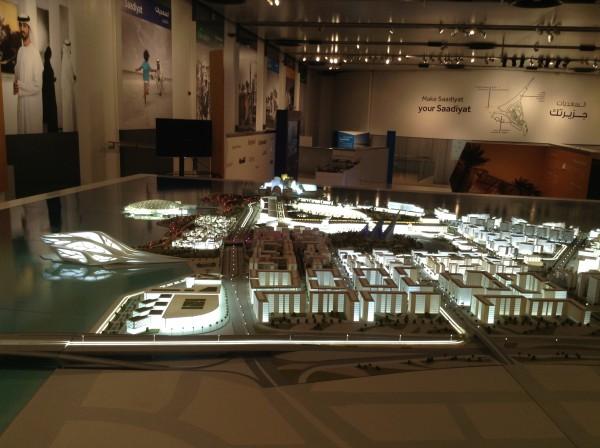
Exhibition 3. Communication
Title
Developing Communication in UAE
Connecting Citizens of the UAE with Technology
Building Bridges Between People of the United Arab Emirates
Theme
The development of the young nation is impossible without communication technologies. Etihad Museum, which focuses on the creation of the UAE, is a perfect place for showcasing the long path the country has taken to become one of the most advanced technological states in the world. The recent effort of the government to develop its Internet sector has created the opportunity for the nation to bring communication to the next level, making it international.
In the past, there existed different ways of sending and receiving information in the Arabian Peninsula. They included, for example, letters carried by pigeons and signals given with the help of smoke or fire that could be seen over long distances. In the XX century, progress made it possible to use such technologies as telephones and radio, later followed by television. Nowadays, it is impossible to imagine life in the UAE without the Internet and electronic devices like smartphones. Various platforms like social media and e-mails allow people to instantly send and receive information, share their thoughts and plans and perform many other activities.
The exhibition will support the main collection of the Etihad Museum by giving answers on how the country became united with the help of modern technology. In the 1970s, the newly formed state had a goal to give people a feeling of belonging to a single nation, which was not an easy task. Nowadays, it has become possible with services that allow reaching friends, relatives, and colleagues instantly on-demand.
Collaboration
The Ministry of Culture, Youth and Community Development will become the first institution for collaborating on this exhibition. The choice is explained by the organization’s focus on social projects. Besides, young people are the most active Internet services users, spending a great amount of time on platforms such as Facebook and Instagram. Besides, the ministry governs the project about preventing cyber blackmailing, which will be an important part of the exhibition associated with network security. Specialists will be sharing strategic plans on preventing information theft and hacker attacks as a part of safe communication practices.
The Ministry of Foreign Affairs will be the second partner organization. The Internet has opened many opportunities for UAE businesses and individuals to go international. Modern technologies allow people to share their experiences abroad and let the world know about their progress. The ministry will offer information regarding the international image of the UAE as a result of the positive agenda translated over the Internet. Finally, the MFA will provide statistics such as the proportion of the most popular online platforms users from the UAE. In general, the collaboration will be targeted at uncovering the international dimension of the country’s development in communication technologies.
Finally, the third collaboration member will be the Telecommunications Regulatory Authority. This is the organization that stands behind regulating and maintaining all of the country’s digital infrastructure. Besides, the Authority promotes IT development, which is crucial in the world, where communication is becoming an online activity. The essence of collaboration with the TRA will be based on informational support. The organization will spread the news about the exhibition through some of its official channels to attract the audience. Moreover, it will include some of the exhibition’s spotlights to its brochures highlighting the development of communication in the UAE over the years.
Mission
To highlight the growing number of social connections between citizens of the UAE and to underline the importance of communication technologies for national growth and prosperity in the long run.
Description
The main idea of the exhibition is to show how the methods of communication between people of the UAE have changed over time. The set will contain spots associated with the particular type of media devices – telephones, TV sets, radio, computers, and others. The starting point will feature old letters and the ways that were used to send them. The room with telephones will showcase both old and new models. There will also be an interactive station where visitors will be able to use an old phone. The idea is to set up two interconnected devices and show how they used to work with the manual connection.
Other corners will have radio and television devices, ranging from retro models to the newest technologies. Some of the TVs will be translating old films and programs. For instance, there will be the first message from the government given on television nationwide, as well as the first news program. The next room will have computers, with one of the machines imitating the process of Internet search from the 1990s. There will also be a separate stand dedicated to social media with infographics showing the percentage of users for each of them.
Collection
- Letters
- Newspapers
- Old and new telephone models
- An old telephone as an interactive station
- Radio
- Television (from old to modern models with Wi-Fi connection)
- Old films and TV programs
- Old and new computers
- Internet user experience interactive corner
- Social media infographics
- Household items reflecting different time periods – posters, photographs, furniture.
Images
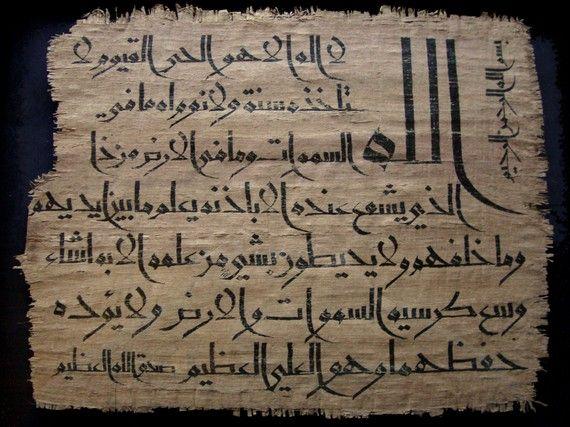
Exhibition 4. Trade
Title
Developing Trade in the UAE
The History of Trade in the United Arab Emirates
Trade Through Centuries in the UAE
Theme
Trade is one of the primary things that allowed a young country of the United Arab Emirates to reach the modern level of prosperity. Oil as its top export product has become the source of financing all the ambitious projects that the Etihad Museum is now showcasing as the state’s history. However, the region used to be a very important place for trade even before the creation of the UAE.
Fishing used to be one of the main sources of products for trade. The Arabian Gulf always had a perfect ecosystem for many marine species that served as food for the local people. However, the most important export product was pearls. There were numerous boats that roamed the coastline searching for these precious items. One of the most peculiar facts is that women often participated actively in the pearl trade, which destroys the stereotypical image of them cultivated in Western countries. Unfortunately, the business experienced a severe decline by the middle of the XX century.
Nevertheless, oil is currently the only resource that keeps the focus of the UAE’s administration as it is the source of the country’s budget. Since most of the social sectors and activities are funded by the government, the prices of this product draw the closest attention of everyone in the state. While there is still enough oil to support the UAE in the nearest future, the country has already started to develop other industries to prevent the economic crisis when the resource is over.
Collaboration
The National Museum of Dubai will be the first organization to collaborate with. It is explained by the historic scope of the topic, which requires theoretical and practical support from specialists in this field. Firstly, the museum will support the exhibition with some of its collection items, including old photographs, scales and balances, money, and other items necessary for old trading activities. Besides, the museum’s specialists will provide guidance regarding the accuracy of facts presented by the team. For instance, they will comment on the video clip about pearl hunting that will be designed specifically for the event.
Another important organization for this exhibition is the UAE Ministry of Foreign Affairs and International Cooperation. Firstly, this is the institution that has the most precise information about the current state of the international trade activities performed by the country. Thus, it may provide numbers for creating infographics for the exhibition that will be associated with the modern state of the economy in this sector. Secondly, the ministry is able to share plans and strategies regarding the future direction and perspectives of the oil trade.
Finally, the Ministry of Petroleum and Mineral Resources will become the third participant to collaborate on this project. Specialists from this institution may work together with those from the Ministry of Foreign Affairs and International Cooperation to predict the future of oil trade for the next several decades. The numbers will be used for the analytical infographic displaying the perspectives of the UAE’s forthcoming development based on this and other sources of budget income. Some of the most important ideas behind this collaboration are to provide an analysis of whether oil was the only thing that drew the United Arab Emirates towards the creation of modern, prosperous society. This is the question essential to the Etihad Museum as a place celebrating the rise of this country as an independent state.
Mission
The exhibition will give visitors an opportunity to compare how the country has changed due to the discovery of oil and how it lived before this turning point in history.
Description
The main idea of the exhibition is to give visitors the opportunity to feel the difference between the two epochs divided by the discovery of oil. That is why it will be separated into two sections, namely the old and modern trade scenarios. The sets will be facing each other to create more contrast and to show the tremendous changes that have happened in a relatively short period.
The first row will display trade activities as they used to be hundreds of years ago, up to the middle of the XX century. There will be pictures of old markets, figures of sellers and buyers, scales and balances used in the process, and other items. A special place will be given to the corner showcasing pearl trade as one of the most significant economic sectors of the past. There will be video clips describing the whole process, from material gathering to transporting. Posters, photographs, and balance sheets will also be a part of this exposition. The second row will be associated with the oil trade and its transformation from the 1960s to modern times. It will include statistical information, pipeline schemes, and maps showing top country importers of this resource.
Collection
- Maps showing ancient trade routes
- Video clips about pearl hunting
- Photographs of market trade (fish, pearls, camels)
- Old scales and balances used in the markets
- Figures of people engaged in a trade process
- Money from different epochs
- Modern oil pipeline images
- Infographics about oil trade numbers
- Oil resources left in UAE
Images
